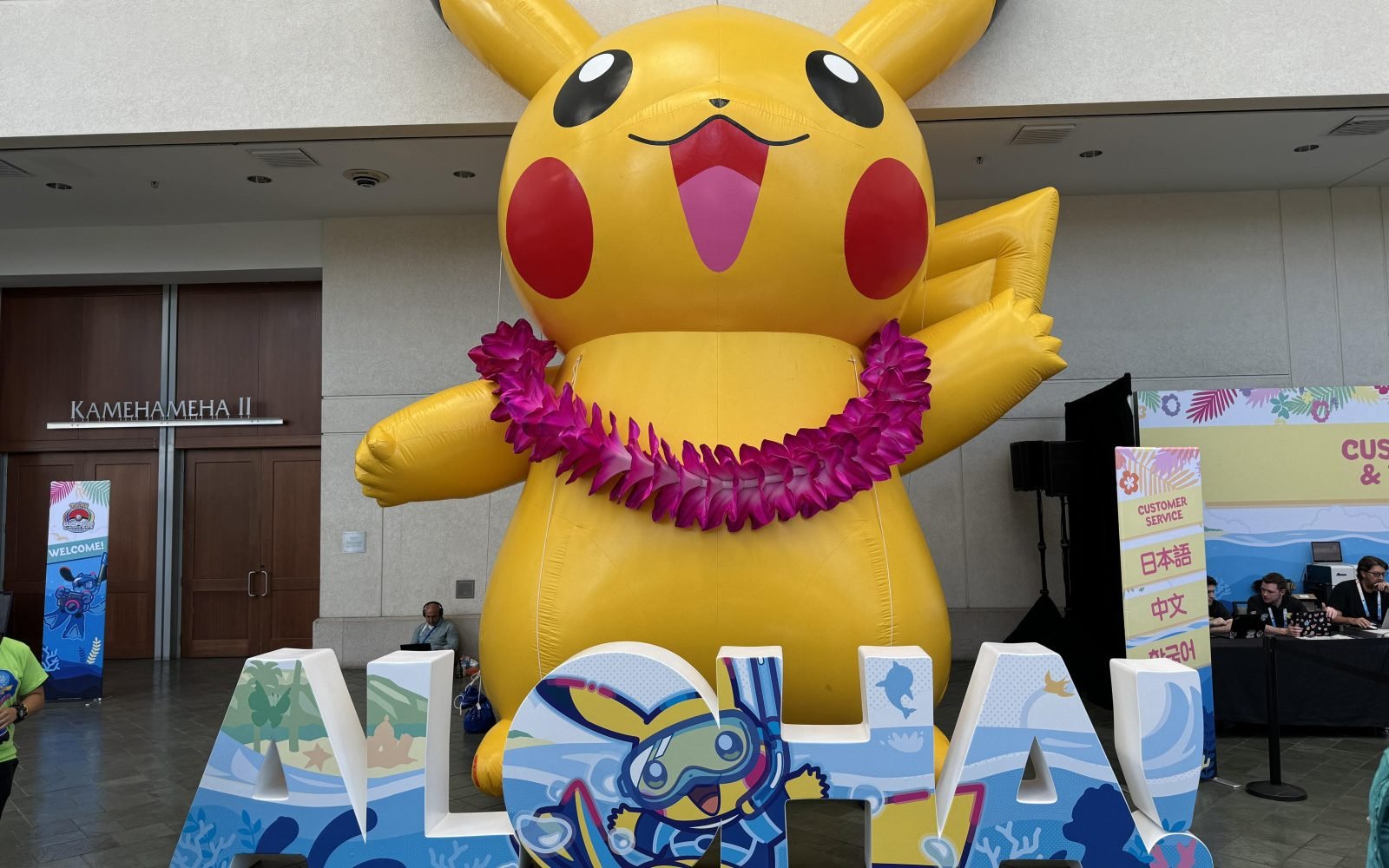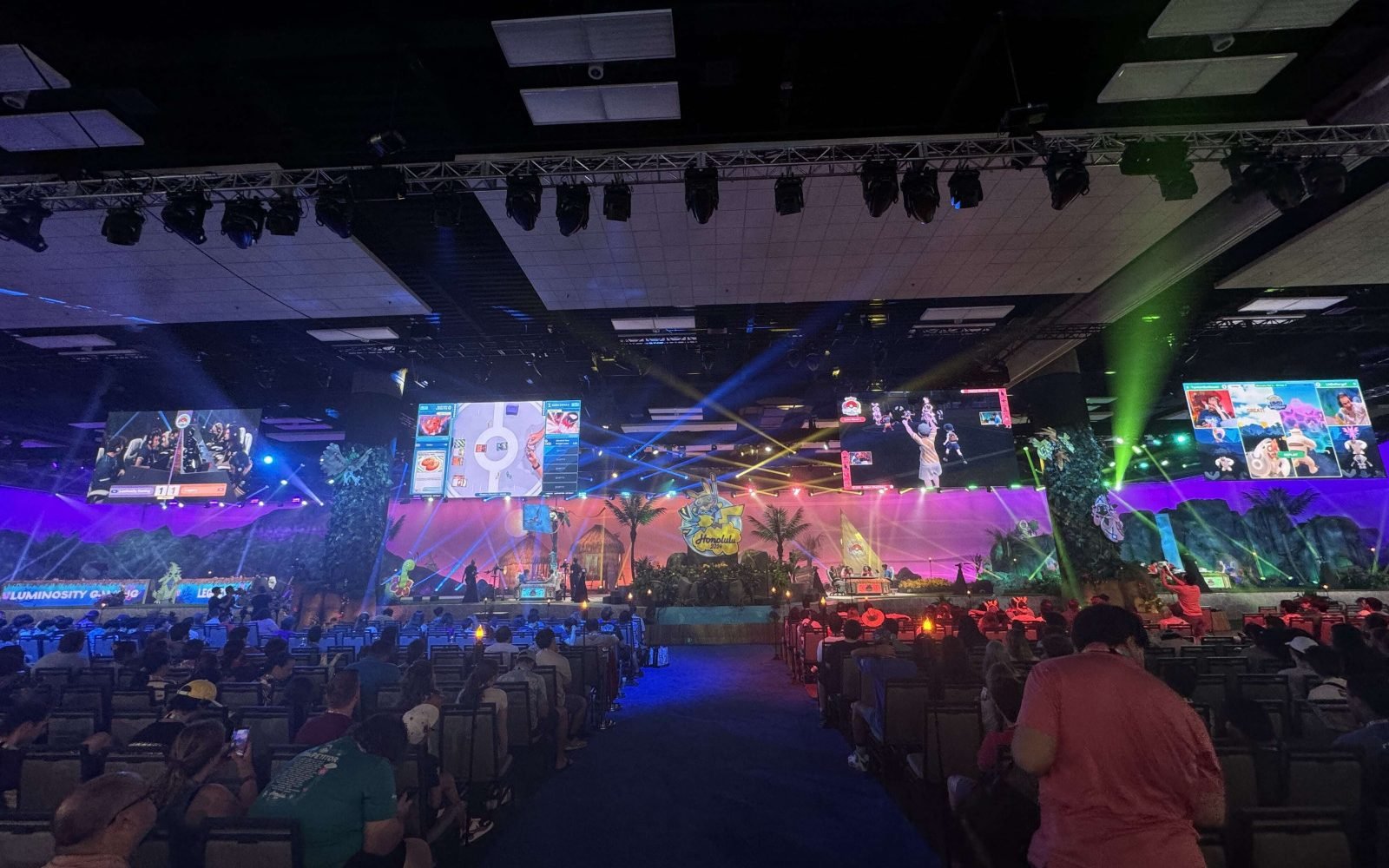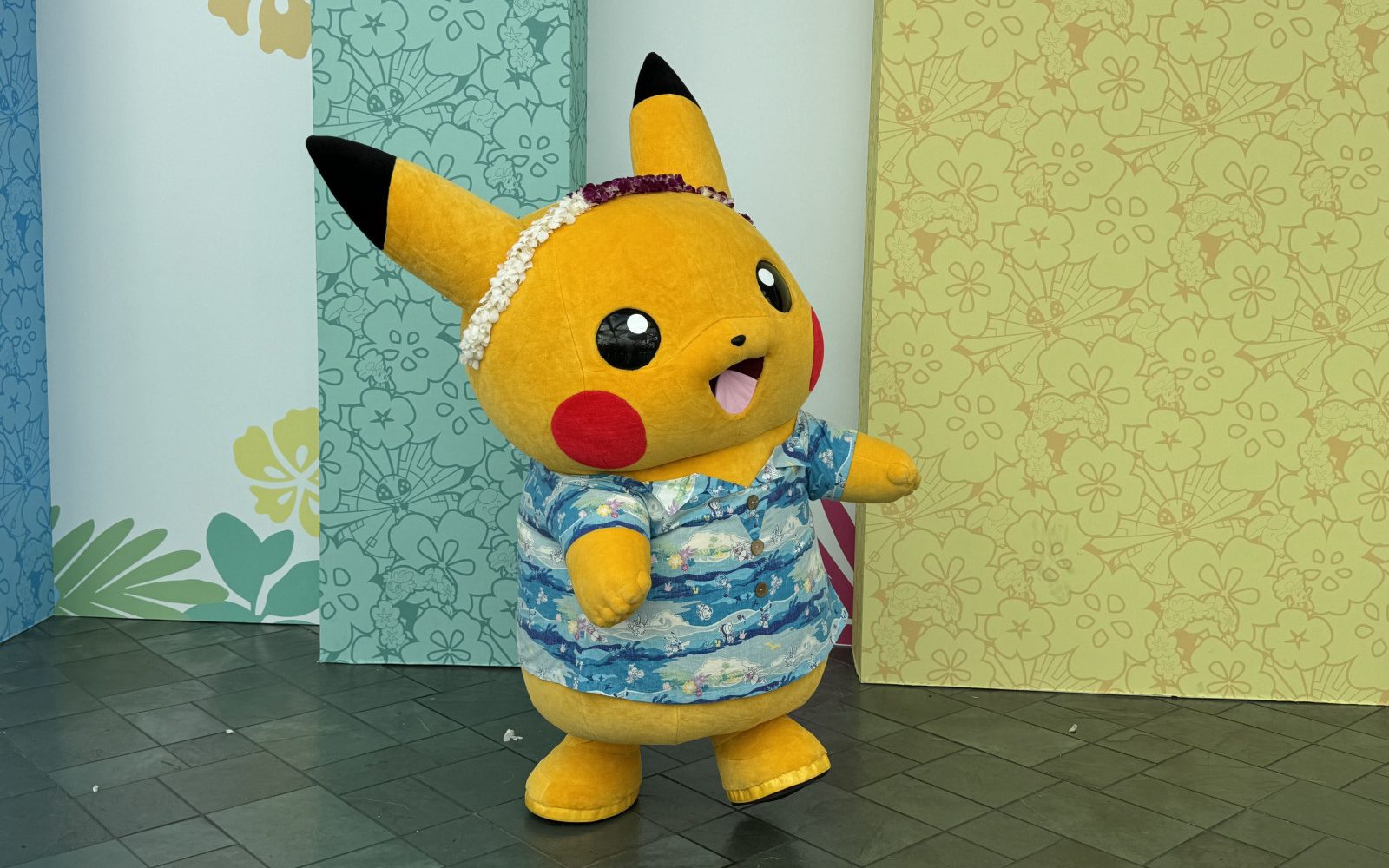
Pokémon is the most valuable media franchise in the world. Its business may have begun with videogames, but it has since branched out with a sprawling trading card game, infinite forms of merchandise, season after season of animated series and, surprisingly, esports.
However, for the latter, Pokémon does things a little differently than the rest of the industry. Once a year, after 12 months of qualifying events, all the best Pokémon trainers get under one roof to battle it out for the title of world champion. The competitions involve not only the main videogames of the series (now Scarlet and Violet), but also Pokémon GO (the smash hit mobile game developed by Niantic), Pokémon UNITE (the MOBA developed by TiMi Studio) and the trading card game.
The Pokémon World Championship changes its location each year, choosing a different country in one of the three main regions of competitive Pokémon: Europe, the Americas and Asia. After the pandemic cancelled the 2020 and 2021 championships, the first stop of the competition was in London in 2022, then in 2023 the championship went to Yokohama in Japan (for the first time in its history) and now the competition just wrapped up in Honolulu in the state of Hawai’i. For the third year in a row all the tickets were sold and the attendance for all the side activities (that were not ticketed and free to the public) was astronomical, with long queues under the Hawai’ian sun.
While competitions are the cornerstone of this event, every component of the Pokémon ecosystem gets its fair share of attention. Alongside the tournaments, there are anime screenings, trading card game presentations and tutorials, video game tryout stations and, most importantly, the Pokémon Center. The Pokémon Center is a temporary store that is so beloved by fans that timed slots to entry get fully booked within minutes of the website opening and the access queues take more than two hours to clear. Part of this excitement is the value some exclusive items can reach on the secondary market, but most of the people in attendance are not motivated by profit, just by pure fandom.

On the esports side, it resembles a big card game event more than what is often associated with competitive video games. This year there were almost 3400 competitors: 1000 for the video games, 2000 for the card game, 200 for GO, 168 for UNITE and more than 8000 spectators.
Since the first three disciplines are individual titles, all the group stages, the elimination brackets and most of the top eights happen on giant tables in the halls of a convention centre with some matches receiving the spotlight of the big stage which is as unique as the ecosystem itself. The main stage is long and divided into four sections (one per discipline), each with its own set of casters (English and Japanese), its own speakers and seating, and all the matches happen at the same time.
Each section has its visuals and audio designed to be heard and visible only by its own audience: the finals of each discipline is the only part of the event taking place without other matches present to maximise the attention of the fans. Compare this setup with that of a CS Major: a lot of effort is put into the coexistence of the various titles which is at the core of what the Pokémon World Championship is about.
At the very end of all the various tournaments and events, the president of the Pokémon company takes to the stage and makes some of the biggest announcements of the year for the franchise. This includes new expansions for the card game, new characters for UNITE, new systems for GO and, most importantly, new video games.
Before diving deeper into the various disciplines, one last thing that makes the Pokémon ecosystem truly unique in the esports scene is that the video game and card game competitions are divided into three age groups so that kids as young as 10 years old can compete. This year the Juniors Division was for those born in 2012 or later, the Seniors Division was for those born in 2008 to 2011 and the Masters for those born in 2007 or earlier. This means that Elementary (Primary) school children can train and compete in a safe environment with peers and get a shot at becoming world champions before the age of 12. TPCi (The Pokémon Company International) provides Pokémon Professors to help with translation, organisation, communication and comfort the youngest ones in a feat of inclusion that’s extremely rare in the wider esports industry.
“At its heart, Pokémon is a family brand and we believe that it’s important for kids to be able to have success,” Chris Brown, Global EsportsDirector at TPCi told Esports Insider. “By grouping our junior, senior and master’s divisions we’re able to make sure that people of roughly the same cognitive level are competing against each other. And if you have success early, then hopefully you’ll keep playing Pokémon and be part of our community for the long term.
“We have players now that have been competing in our brand for 15 plus years now and we are the only World Championship where, if you are a 10-year-old and you want to play, you can compete and qualify for worlds”.

In terms of sustainability, the circuit has improved a lot in recent years. For most of its 25-year history, the Pokémon World Championship had glory, booster packs and merchandise as rewards for the best of the best. Now the total prize pool is $2m (~£1.5m) with $30,000 (~£23,000) for each first place of each division of the video games. On top of that the top 32 of each division, per discipline, get a cut of $80,000 (~£62,000) divided between all 32 participants. The Pokémon UNITE world champions alone bring home $500,000 (~£385,000).
The World Championship isn’t the only event that has sizable payouts in this ecosystem: there are regional events in Europe, North America and Asia where the winners of the masters divisions get $15,000 (~£11,000). There are also National events in most of the countries that make up the regions, plus the Middle East and South Africa. Meaning that unlike many other esports the top players in Pokémon can sustain themselves without the need of an organisation.
Pokémon UNITE, being a traditional 5v5 MOBA, is the only exception to this rule as the top teams all train under an esports organisation’s banner like in other circuits such as League of Legends and Dota 2.
One last peculiarity of this ecosystem is that over the past few years, some players from the same country (most notably Italy, Spain and the US) have decided to create peer-to-peer organisations (no presidents, no corporate structure, just players sharing costs) to have cheaper travel, accommodation and expenses when travelling internationally to the many events of the season.
What makes all of this ecosystem sustainable, however, is that all of these events do not bear the responsibility of making The Pokémon Company profitable. First of all, “everyone under one roof”, as Brown said, means that a single ecosystem doesn’t have to bear all of its expenses on its own shoulders. That’s how a competitive scene for Pokémon GO has been able to thrive and how the Pokémon UNITE tournaments keep attracting professionals despite the game not being as popular as League of Legends or Dota 2.
Then there is the evident absence of sponsors: no banners, no commercials, no ads, just Pokémon because Pokémon is the sponsor. “Our company mission is to bring people together through Pokémon and that is, I think, most embodied here at Worlds,” Brown continued. “Most World Championships are much smaller than ours and our hope is to be the most accessible there is. We’re trying to bring everyone together as one community and that’s how we differentiate”.
The World Championship works more like a Pokémon fair with a tournament on the side than the other way around because it morphed, over the years, from being a hardcore player only experience in the early 2000s and 2010s, to a celebration (and a promotion) of everything Pokémon. From video games to plushies, from cards to anime series: Pokémon has found a way to make a Pokémon party travel the world once a year giving a living to the top players and an unforgettable experience to the devoted fans. The end result is that once everybody is back home, whether they are winners or losers, spectators or collectors, everyone will continue to interact with the brand and keep spending to stay in the loop and in the company of their favourite Pocket Monster.



